What Are The Best Macros For Weight Loss?
Macros are short for “macronutrients.”
Macros in your diet are the three main food groups your body needs to survive: carbohydrates, proteins, and fats.
When trying to reduce weight, consuming a well-balanced diet that includes all of the macronutrients is important.
Are macros or calories more important for weight loss?
Calorie intake is more crucial for weight loss than macronutrients.
All diets produce weight loss by creating a calorie deficit.
Some people believe restricted foods are unhealthy or cause fat growth, although nutritional research has debunked this many times.
Flexible dieting strategies (eating all the foods you like) within limits are as effective as restricting entire food groups.
It’s not about food but daily calorie intake.
Do macros matter for weight loss?
Macros aid in weight loss by helping manage hunger and keeping you fuller for longer .
The optimal macro balance also offers enough energy for workouts, which boosts metabolism and muscle mass.
Regarding fat loss, it makes no difference if you eat 35% or 40% of your calories as carbs, for example.
Macros versus low calories (calorie restriction)
Traditional low-calorie diets are about fixed levels of daily calories (such as 1200). Research shows these diets don’t work in the long term.
A macro-based approach is highly individualized, and most people find this leaves them feeling less hungry.
| Macros-based approach | Low-Calorie Diets | |
|---|---|---|
| Fast weight loss | ✓ | |
| Slow, steady, long-term weight loss | ✓ | |
| Restrictive | ✓ | |
| Personalized based on your stats. | ✓ | |
| Addresses body composition goals. | ✓ | |
| Involves tracking what you eat. | ✓ | ✓ |
| Exercise is required. | ||
| Considers macro amounts. | ✓ | |
| Weight loss is prone to stall. | ✓ | |
| Promotes metabolic slowdown. | ✓ | |
| Produces feelings of starvation. | ✓ | |
| Allows for treats and indulgences. | ✓ | |
| Easy to incorporate long-term. | ✓ | |
| Prone to produce yoyo dieting. | ✓ | |
| Promotes a healthy relationship with food. | ✓ | |
| Advocates ‘bad’ or forbidden food avoidance. | ✓ | |
| Easier to do while eating out. | ✓ |
What is the best macro ratio to lose weight?
There is no “magic” ratio but a healthy range of ratios.
Carbohydrates – 35-45%
- The body gets most of its energy from carbohydrates. They are easy to digest and are used well by all the cells in your body.
- Your body can also turn fat and protein into energy, but not as efficiently.
Protein – 30-35%
- Proteins are the body’s building materials, so you need a regular supply to replace worn-out tissues and grow muscle.
- The body uses amino acids from protein to make new proteins.
- Your body and exercise level determine your protein needs.
- Animal and refined plant proteins are expensive, so using them for energy is not the best choice.
Fats – 25-35%
- Fats are necessary for a healthy body, not merely for energy storage.
- Your hormones, brain, and nerve tissue all contain fat.
- The human body wasn’t meant for a high-fat diet. A diet that doesn’t balance triglycerides and omega-fatty acids can lead to heart disease.
- If you need fat for energy, use your fat reserves instead of dietary fat.
Your macros can be personalized.
- You might have poor fat digestion and require lower fat amounts.
- You may have starch sensitivities, and so feel better with lower carbs.
Is the 40/40/20 macro diet good for weight loss?
The 40/40/20 diet is 40% protein, 40% carbohydrate, and 20% fat.
It’s claimed that this ratio is “better.” There is no evidence to support this claim. A range of macro ratios is acceptable for most people.
Complete list of macros in the diet
- Carbs (for energy)
- Protein (for building)
- Fat (for a healthy mind and hormones).
- Alcohol
Considered a macronutrient, alcohol is converted to energy (7 calories per gram) just like the other macros. If you’re watching your macros, alcohol can mess with your daily targets. - Fiber
A type of carbohydrate, 60%-70% of dietary fiber is indigestible. Fiber is part of a healthy digestive system but is not normally counted as a macro.
Female macros for weight loss
There are no specific differences in the ideal macro ratio for women.
Macros are calculated according to your total daily energy expenditure. When calculating your calories for weight loss, biological sex is already considered.
What about macros for women over 40 or 50?
As women get older, their metabolism slows down.
Research shows the decline begins in earnest after age 60. This is due to several factors, including hormonal changes, muscle mass, and diet.
This needn’t affect macro ratios, although if reaching the suggested protein targets is challenging, use the lower protein options on the calculator.
Endomorph macros for weight loss
An endomorph is a body type with a higher propensity to store fat.
However, somatyping (classifying an ectomorph, mesomorph, and endomorph) is not based on science.
How to find the macros in food
Macros in food can be measured by:
For some people, this is a tedious task.
In this case, the hand rule can be applied.
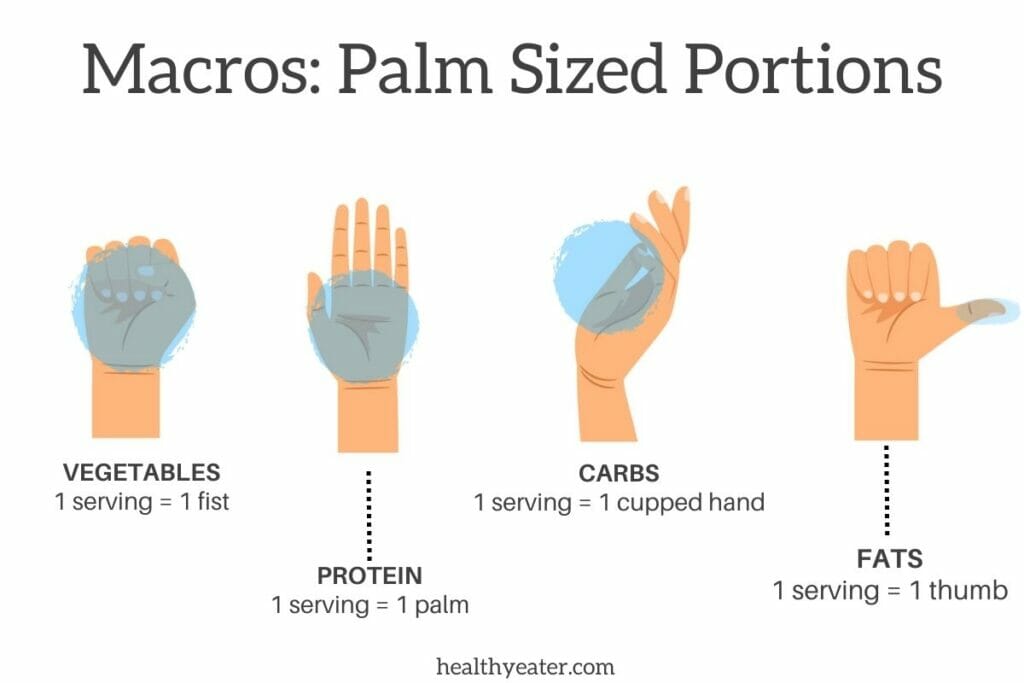
- Protein – the size of your palm
- Carb – cupped hand
- Fat – the size of the thumb
- Vegetables – the size of a fist (green fibrous veggies rather than starchy carbs).
Sources
- Conlin, L. A., Aguilar, D. T., Rogers, G. E., & Campbell, B. I. (2021). Flexible vs. rigid dieting in resistance-trained individuals seeking to optimize their physiques: A randomized controlled trial. Journal of the International Society of Sports Nutrition, 18(1), 1-10.
- Pontzer, H., Yamada, Y., Sagayama, H., Ainslie, P. N., Andersen, L. F., Anderson, L. J., ... & IAEA DLW Database Consortium §. (2021). Daily energy expenditure through the human life course. Science, 373(6556), 808-812.
- Lowe, M. R., Foster, G. D., Kerzhnerman, I., Swain, R. M., & Wadden, T. A. (2001). Restrictive dieting vs.“undieting”: Effects on eating regulation in obese clinic attenders. Addictive Behaviors, 26(2), 253-266.
- Wadden, T. A., Sternberg, J. A., Letizia, K. A., Stunkard, A. J., & Foster, G. D. (1988). Treatment of obesity by very low-calorie diet, behavior therapy, and their combination: a five-year perspective. International Journal of Obesity, 13, 39-46.


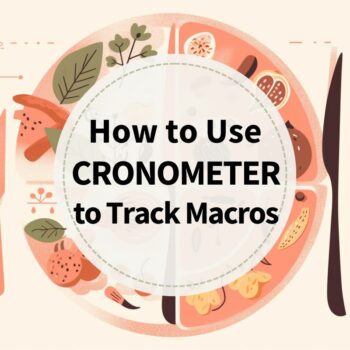 How to track macros with Cronometer
How to track macros with Cronometer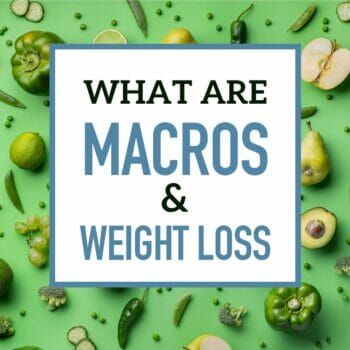 What Are The Best Macros For Weight Loss?
What Are The Best Macros For Weight Loss?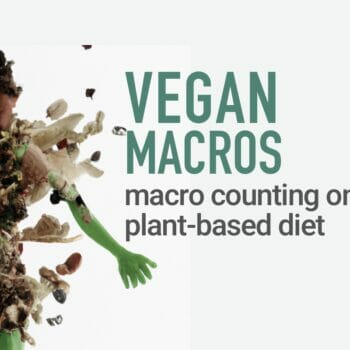 How To Count Macros on a Vegan, Vegetarian, or Plant-Based Diet
How To Count Macros on a Vegan, Vegetarian, or Plant-Based Diet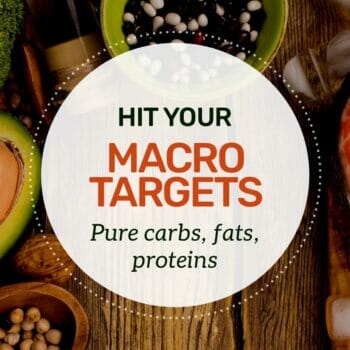 Out of a Macro For the Day? Here’s What to Eat
Out of a Macro For the Day? Here’s What to Eat Macros for Gaining Muscle and Cutting Fat
Macros for Gaining Muscle and Cutting Fat